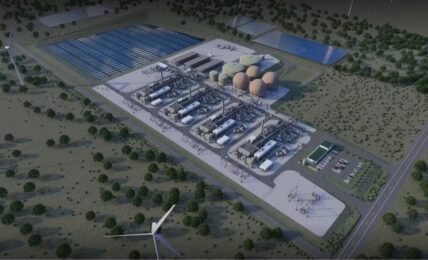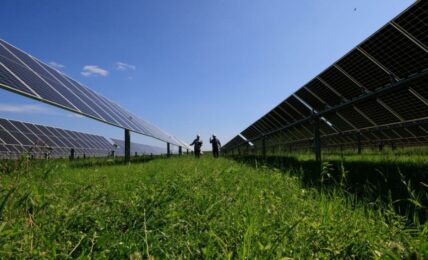At the Farnborough Airshow today, aerospace giant Boeing unveiled Cascade, a new data modelling tool aimed at illustrating the most effective scenarios to help the commercial aviation industry achieve its goal to reach net zero emissions by 2050.
Developed in consultation with leading universities, the new tool quantifies the ability of various strategies and fuels to reduce emissions, appraising multiple pathways to decarbonize aviation. Cascade accounts for the emissions required to produce, distribute and use alternative energy carriers such as hydrogen, electricity, and Sustainable Aviation Fuels (SAF), assessing the full lifecycle impacts of various energy sources.
Boeing stated that it will use the new tool with airline operators, industry partners, and policymakers to inform when, where, and how different fuel sources intersect with new airplane designs.
Boeing Chief Sustainability Officer Chris Raymond said:
“There are multiple ways to a future where aviation has zero climate impact. We created Cascade on a foundation of credible data and analytical models to allow users to explore various pathways to net-zero. We think this model will help our industry visualize, for the first time, the real climate impact of each solution, from beginning to end, and to inform the most probable and effective strategies.”
The aviation industry has come under scrutiny as a significant source of greenhouse gas (GHG) emissions, responsible for 2-3% of global emissions, with that figure potentially rising dramatically over the coming decades if no action is taken. Several initiatives are being pursued in order to address the climate impact of the industry, typically involving efforts to improve aircraft efficiency, develop sustainable aviation fuels, or create aircraft utilizing low or zero carbon propulsion systems such as electric or hydrogen-based.
Using the new tool, Boeing is assessing decarbonization strategies including fleet renewal, energy sources such as SAF, hydrogen and electric propulsion, efficiency improvements and advanced technologies.
According to Raymond, Boeing’s analysis has indicated that SAF will be a key tool in efforts to reduce commercial aviation’s carbon footprint, and that “it will take a ‘SAF and’ approach and not a ‘SAF or’ approach to achieving net-zero by 2050.”
Boeing has pursued several of these pathways over the past few years, including announcing a goal early last year to deliver commercial airplanes capable and certified to fly on 100% SAF by 2030. In January 2022, Boeing announced a $450 million investment in advanced air mobility company Wisk, aimed at advancing the development of the company’s electric vertical take-off and landing (eVTOL) aircraft, currently on display at Farnborough. Boeing has also conducted a series of demonstrations with aircraft using hydrogen fuel cells and combustion engines.
Brian Yutko, Boeing chief engineer and vice president of Sustainability and Future Mobility, said:
“Our common goal is to enable the societal benefits of air transportation while reaching zero climate impact on our planet. To make that a reality, we believe it is best to learn and share our findings broadly, based on a foundation of data, scientific research and collaboration, as we work together to decarbonize aviation.”
The post Boeing Unveils Data Tool to Guide Aviation Decarbonization Strategies appeared first on ESG Today.



